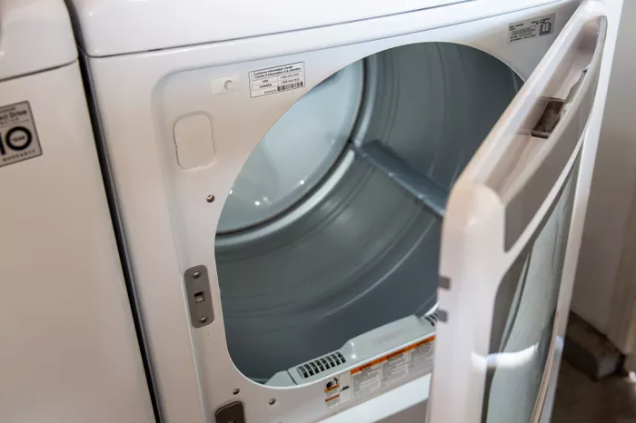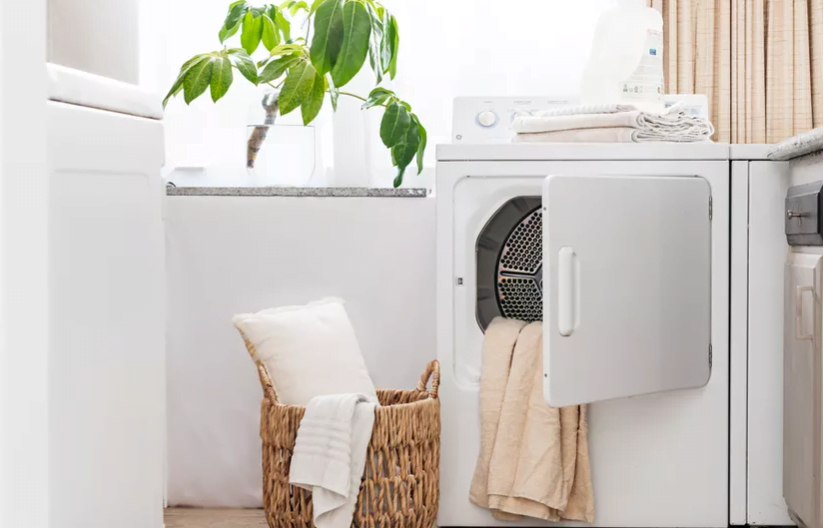Installing a built-in microwave in your home can feel like installing a very high-tech kitchen appliance: the aesthetics are sleek, the technology is state-of-the-art, and you can do so much with it. But where to begin? What type of installation is right for me? How much will it cost? How will I be able to control my camera at the same time? These are all valid questions, and the answers to them all depend on who you are, where you live, and how much you’re willing to spend. If you’re a parent of young kids, the thought of installing a sophisticated microwave might seem like a scary proposition. But, in reality, it’s actually very simple.
You just need to understand a few key principles and follow a few simple steps. The good news is that you can install a built-in microwave with ease, and do so without breaking the bank. In this article, we’ll take you through the entire process, from research to installation.
What is a built-in microwave?
A built-in microwave is a microwave oven that is built into a kitchen or residential kitchen wall or a standalone unit usually mounted on a wall or a countertop. The technology used in these microwaves is pretty much state-of-the-art, and they also come with many smart features like digital clock, digital toaster, toaster with reheat function, convection defrost, defrost delay feature, and so on. They’re also generally quite affordable.
How to Install a Built-In Microwave in Your Home
The first and foremost thing to do is to research your area and find out what type of installation is right for you. Home Renovation Shield recommends finding out if you’re permitted toinstall a built-in microwave in your home. This is because different areas of the country have different rules and regulations regarding the installation of ferries and other projects that require a permit. You can find out more about this by checking out the National permit lookup.
Once you’ve found out if you’re eligible to install abuilt-in microwave in your home, the next step is to call your local building and environmental control department to find out if you need to submit an application. You have to do this for almost every project that involves a wall or roof modification. But you have to do it even if you don’t plan on applying for a permit. Besides, the regulations for these departments are extremely strict, so it’s a good idea to follow their guidelines.
The Basic Steps To Installing a Built-In Microwave
The first thing to understand about installing a built-in microwave is that it’s not really a project at all. Rather, it’s more of a process that will take a few months to complete, during which time you’ll need to keep your eyes and ears peeled for any signs of problems. The good news is that there are only a few basic steps that you’ll need to follow to get this installation project underway.
The first step is to make sure you have all the right tools and materials. You’ll obviously need a microwave, a power wire, screws, and a hammer. You’ll also need a drill or screwdriver, a taping tool (to cover the electrical wires), and some masking tape. A rulers and a set of extra-tall (36″) measuring spoons will come in handy during the project. One caution though: don’t go overboard with the tape. It needs to cover the entire microwave but you can end up with a giant mess if you try to do it manually.
Step 1. Research
The first step in installing a built-in microwave is to research your area and find out what type of installation is right for you. Home Renovation Shield recommends finding out if you’re permitted toinstall a built-in microwave in your home. This is because different areas of the country have different rules and regulations regarding the installation of ferries and other projects that require a permit. You can find out more about this by checking out the National permit lookup.
Step 2. Determine Your Installation Needs
Once you know what type of installation is right for you, the next step is to determine your installation needs. This will help you decide how much space you have to work with and whether or not you need a full-blown kitchen remodel. For example, if you’re installing a single-oven microwave in a small kitchen, you probably don’t need a large batch of cabinets or a large island. If you have a wide open plan, however, these additional expenses can add up quickly.
Step 3. Confirm Your Installation Is Permitted by Law
Once you know what type of installation you want, you need to confirm if it’s actually allowed by law. You can do this by checking out the National Permits and Accounts Branch website and entering the address of the property where you want to install the microwave. If the house is private or if the town has no building regulations, you can probably ignore this step. But if the property you’re installing the microwave on is part of a neighborhood or city, you have to follow the rules.
Step 4. Determine How Much You Want to Spend
Now that you know what type of installation you want, it’s time to find out how much it will cost. Generally, this is done by using a cost calculator, which you can find online. You can also use a professional estimating service, but be aware that this is typically expensive and will likely cost you more than just eyeballing the numbers.
Conclusion
The ideal situation is to find out what type of installation is right for you and then decide what your budget can afford. Once you know how much everything is going to cost, however, you can begin to investigate other options and figure out how to save money on your project.
The built-in microwave is a high-tech kitchen appliance that has so many useful features, it’s almost like having an office in your kitchen. It’s helped shape the way we cook and prepare food, and it’s still going strong more than 40 years after its introduction. The only way to install a built-in microwave in your home is to do it yourself. You need to understand a few key principles and follow a few simple steps.


